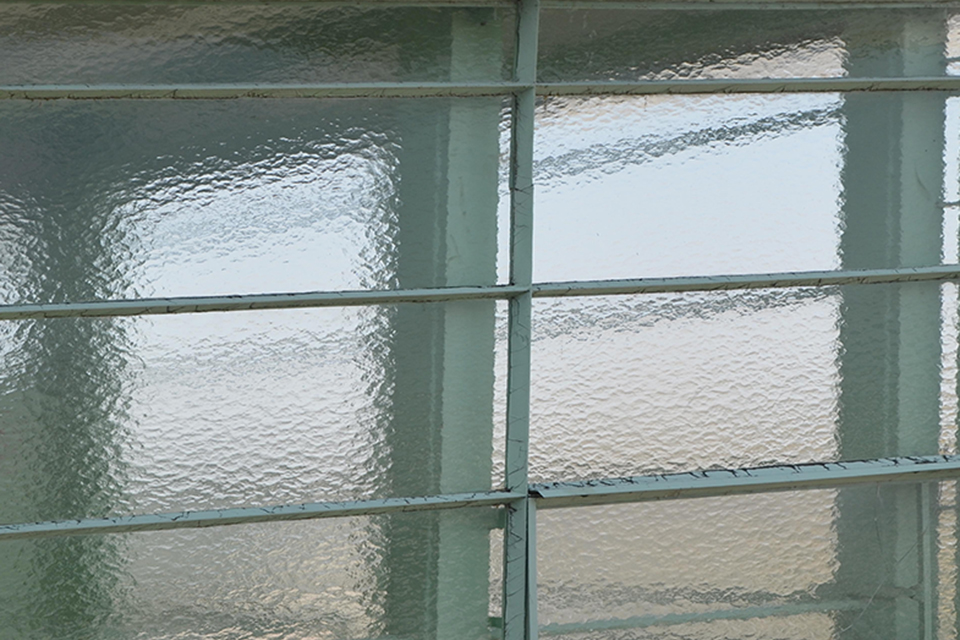
Venice Biennale
HALF-LIFE 24 25 26
absorbing modernity and FUNDAMENTALS
A very simplified basic theme of curator Rem Koolhaas, who asks the question,where have national specificities been lost in architecture over the last 100 years.
We concentrated on finding the underlying theme.We called the study HALF-TIME OF DISASTER, referring to the current issue of the demolition of buildings 24, 25 and 26 in the conservation area of Zlín.
“There are two kinds of beauty – natural and habitual. The natural one has its origin in geometry consisting in symmetry, i.e. in similarity and proportions. Habitual beauty is born through enjoyment – what we know well evokes sympathy, if it were not beautiful in itself. This may be a frequent source of error , but in the true test only natural, i.e. geometrical, beauty will always stand. Geometrical forms are naturally more beautiful than irregular ones: the square and the circle are the most beautiful, then the parallelogram and the oval. Only two positions of straight lines are beautiful: the vertical and the horizontal.This is the way it is by nature, and therefore it cannot be changed. What is not upright cannot be fixed. “
Sir Christopher Wren, Parentalia ▪¹
The 20th Century and Czechoslovakia. 1918 the emergence of an independent state and Rondocubism. Is this the national style we are looking for? For all the uniqueness of both Cubism and Rondo Cubism, we believe it is not.
The Czech Republic has always been strong in industry and later Czechoslovakia in industrial design, in which it was one of the world leaders in the 1960s. Therefore, for us, national specificity is tied to the reflection of industrial design in architecture, and hence to industrial architecture itself. An ideal example, whose origins date back to about 1914 and which is nowadays topical, among other things, with its announced demolitions, is ZLÍN.
Competition
Stages: study
year 2014
author:Jana Vencálková,Martina Zürcher



